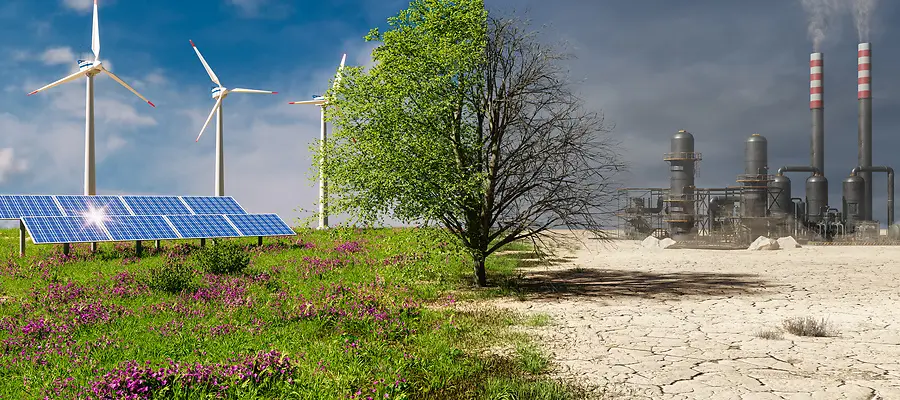The Importance of Addressing Climate Change and Weather Hazards in Civil Engineering Practice and Everyday Life
Integrating Professional Expertise and Personal Action to Build Climate Resilience and Mitigate Weather-Related Risks

The Importance of Addressing Climate Change and Weather Hazards in Civil Engineering Practice and Everyday Life
Introduction
Climate change is one of the defining challenges of the twenty-first century, with profound implications for infrastructure, public safety, and daily life. Rising global temperatures, intensifying storms, prolonged droughts, and shifting precipitation patterns are no longer distant projections but present realities (IPCC, 2021). Civil engineering, as the discipline responsible for designing and maintaining the built environment, plays a pivotal role in mitigating these risks and ensuring resilience. At the same time, individuals and households must adapt their behaviors to reduce vulnerability and contribute to long-term sustainability and resilience. Addressing climate change and weather hazards requires a dual approach: professional responsibility within engineering practice and personal responsibility in everyday life.
Climate Change and Civil Engineering Practice
Civil engineers are at the forefront of climate adaptation and hazard mitigation. Infrastructure is designed to last decades, often centuries, which means today’s decisions must anticipate tomorrow’s climate realities. Several key areas highlight the importance of integrating climate considerations into engineering practice:
- Resilient Infrastructure Design Roads, bridges, water systems, and buildings must withstand more frequent extreme weather events. For example, drainage systems must be designed for higher-intensity rainfall, while coastal structures must account for sea-level rise and storm surges (ASCE, 2021). Failure to adapt designs to these realities risks catastrophic damage, economic loss, and threats to public safety.
- Regulatory Compliance and Standards Agencies such as the Federal Highway Administration (FHWA) and ASCE increasingly require climate resilience in project planning. The ASCE Manual of Practice 140: Climate-Resilient Infrastructure emphasizes that engineers must integrate climate projections into design criteria to ensure long-term functionality (ASCE, 2021).
- Sustainability and Carbon Reduction Beyond adaptation, civil engineers contribute to mitigation by reducing the carbon footprint of infrastructure. This includes selecting low-carbon materials, promoting energy-efficient designs, and incorporating renewable energy systems. The IPCC (2022) stresses that infrastructure sectors are critical to achieving global emissions reductions.
- Equity and Public Safety Climate hazards disproportionately affect vulnerable populations. Engineers have an ethical responsibility to ensure that infrastructure investments protect all communities, particularly those with limited resources to recover from disasters. U.S. resilience frameworks, such as FEMA’s Building Community Resilience Guide, emphasize equity as a cornerstone of hazard mitigation (FEMA, 2019).
Weather Hazards and Everyday Life
While civil engineers shape the built environment, individuals and households also play a critical role in addressing climate change and weather hazards. Everyday actions, both preventive and adaptive, can significantly reduce risks:
- Preparedness and Risk Awareness Families can prepare for hazards by maintaining emergency kits, developing evacuation plans, and staying informed about local risks such as floods, wildfires, or heatwaves. The U.S. National Climate Assessment highlights that community-level preparedness reduces both human and economic losses (USGCRP, 2018).
- Energy and Resource Conservation Daily choices—such as reducing energy consumption, using public transportation, and conserving water—help lower greenhouse gas emissions. These actions, multiplied across millions of households, contribute to slowing climate change (IPCC, 2022).
- Home Resilience Measures Simple modifications, such as installing storm shutters, reinforcing roofs, or elevating utilities above flood levels, can protect homes from damage. Landscaping choices, like planting drought-resistant vegetation, also reduce vulnerability to extreme weather (FEMA, 2019).
- Community Engagement Individuals can advocate for sustainable policies, participate in local planning efforts, and support initiatives that promote resilience. Collective action at the community level amplifies the impact of personal choices.
The Interconnection Between Professional and Personal Action
Civil engineering practice and everyday life are deeply interconnected in the fight against climate change. Engineers design systems that protect communities, but those systems are only effective if individuals understand and use them responsibly. For example, a flood control system may be designed to handle extreme rainfall, but its effectiveness depends on residents avoiding construction in floodplains and maintaining proper drainage around their homes. Similarly, sustainable transportation infrastructure is most impactful when individuals choose to walk, cycle, or use public transit.
This interdependence underscores the importance of a holistic approach: technical expertise must be paired with public awareness and behavioral change. Engineers, policymakers, and citizens must work together to create resilient, sustainable communities.
Conclusion
Addressing climate change and weather hazards is both a professional imperative and a personal responsibility. For civil engineers, it means designing resilient, sustainable, and equitable infrastructure that anticipates future risks. For individuals, it means adopting daily practices that reduce emissions, enhance preparedness, and support community resilience. Neither effort alone is sufficient; together, they form a comprehensive strategy to safeguard lives, protect investments, and ensure a sustainable future.
The challenges of climate change are immense, but so are the opportunities for innovation and collaboration. By integrating resilience into engineering practice and everyday life, society can not only withstand the hazards of a changing climate but also thrive despite them.
References
- American Society of Civil Engineers (ASCE). (2021). Manual of Practice 140: Climate-Resilient Infrastructure: Adaptive Design and Risk Management. ASCE.
- Federal Emergency Management Agency (FEMA). (2019). Building Community Resilience: A Guide to Hazard Mitigation Planning. U.S. Department of Homeland Security.
- Intergovernmental Panel on Climate Change (IPCC). (2021). Climate Change 2021: The Physical Science Basis. Contribution of Working Group I to the Sixth Assessment Report. Cambridge University Press.
- Intergovernmental Panel on Climate Change (IPCC). (2022). Climate Change 2022: Mitigation of Climate Change. Contribution of Working Group III to the Sixth Assessment Report. Cambridge University Press.
- U.S. Global Change Research Program (USGCRP). (2018). Fourth National Climate Assessment, Volume II: Impacts, Risks, and Adaptation in the United States. U.S. Government Publishing Office.


